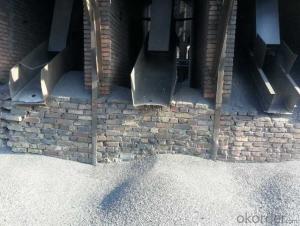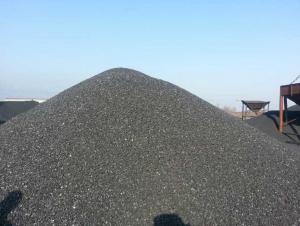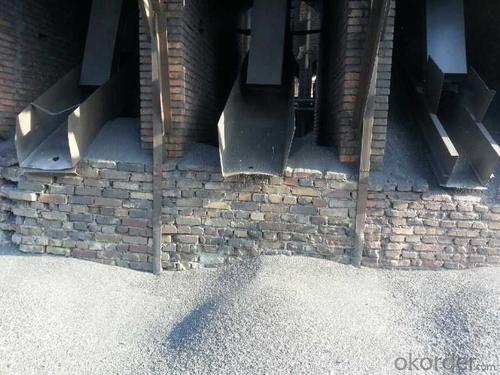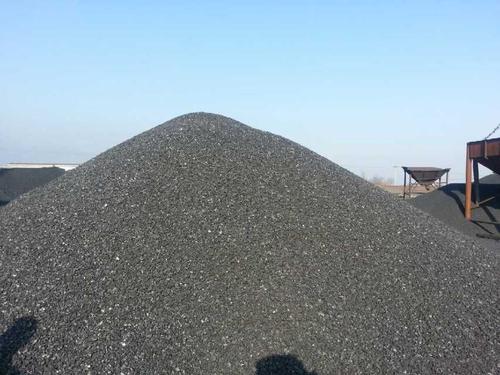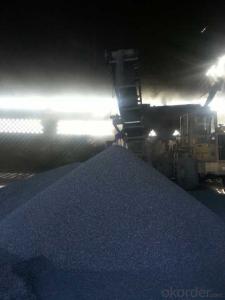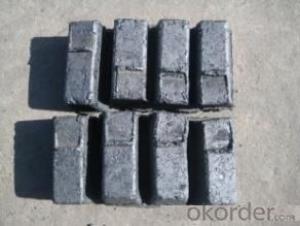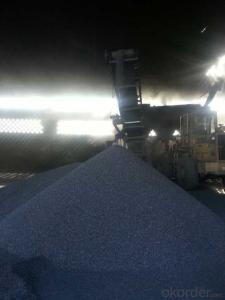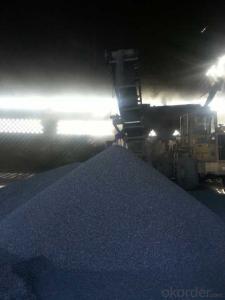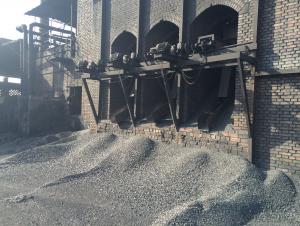Calcined Anthracite CNBM High Quality Anthracite
- Loading Port:
- Tianjin
- Payment Terms:
- TT OR LC
- Min Order Qty:
- 0 m.t.
- Supply Capability:
- 100000 m.t./month
OKorder Service Pledge
OKorder Financial Service
You Might Also Like
Packaging & Delivery
| Packaging Detail: | 25kgs/50kgs/1ton per bag or as buyer's request |
| Delivery Detail: | Within 20 days |
Advantage and competitive of caclined anthracite
1. strong supply capability
2. fast transportation
3. lower and reasonable price for your reference
4.low sulphur, low ash
5.fixed carbon:95% -90%
6..sulphur:lower than 0.3%
Specifications
Calcined Anthracite
Fixed carbon: 90%-95%
S: 0.5% max
Size: 0-3. 3-5.3-15 or as request
Calcined Anthracite is produced using the best Anthracite-Taixi Anthracite with low S and P, It is widely used in steel making and casting.
General Specification of Calcined Anthracite:
PARAMETER UNIT GUARANTEE VALUE | |||||
F.C.% | 95MIN | 94MIN | 93MIN | 92MIN | 90MIN |
ASH % | 4MAX | 5MAX | 6MAX | 7MAX | 8MAX |
V.M.% | 1 MAX | 1MAX | 1.5MAX | 1.5MAX | 1.5MAX |
SULFUR % | 0.5MAX | 0.5MAX | 0.5MAX | 0.5MAX | 0.5MAX |
MOISTURE % | 0.5MAX | 0.5MAX | 0.5MAX | 0.5MAX | 0.5MAX |
Size can be adjusted based on buyer's request.
Pictures of Calcined Anthracite:

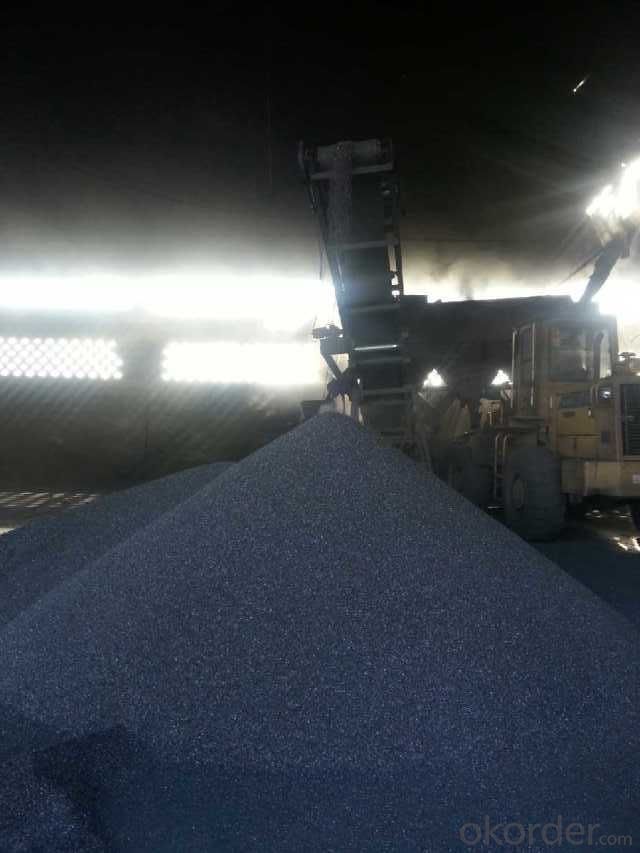
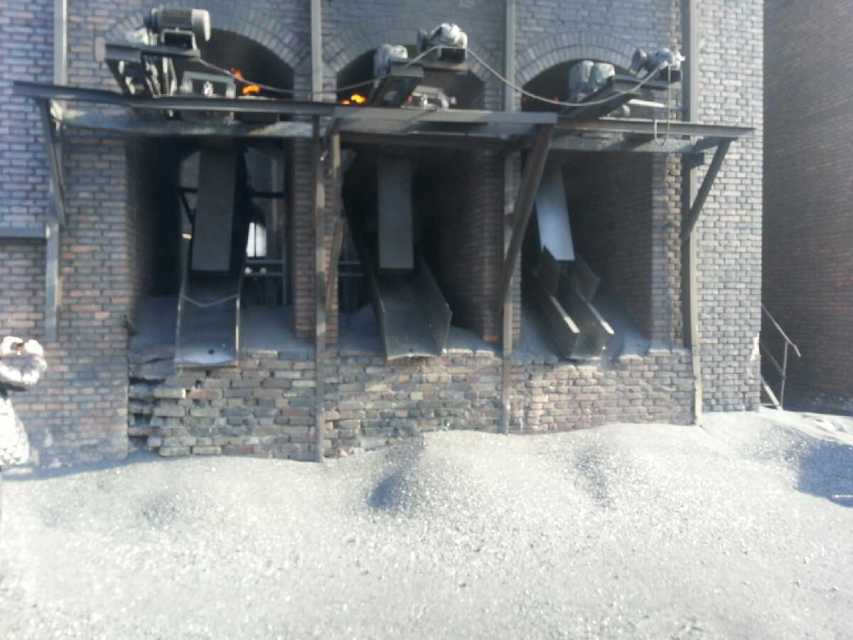
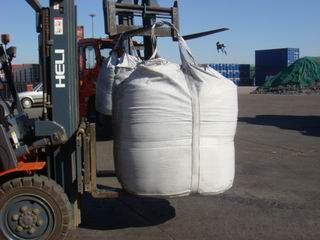
We can supply below furnace charges, please feel free to contact us if you areinterested in any of any of them:
Coke (Metallurgical, foundry, gas)
Calcined Anthracite with fixed carbon from 90% to 95%
Calcined Petroleum Coke
Graphite petroleum coke
Amorphous Graphite
- Q: Are carbon fibers organic polymer materials?
- Molecular inorganic macromolecular substance may be from a variety of other elements of atoms. The backbone composed entirely of the same element called "backbone chain", composed of different kinds of elements called impurity atoms in the main chain chain. Mainly by covalent bond between atoms (including coordination bond) combined with each other.Carbon fiber (carbon fiber, referred to as CF), is a new type of fiber material with high strength and high modulus fiber in more than 95% of a carbon content. It is composed of flake graphite microcrystalline fibers along the fiber direction of piling up, Shi Mocai ceramics material by carbonization and graphitization treatment the microstructure of carbon.
- Q: How do forests act as carbon sinks?
- Forests act as carbon sinks by absorbing carbon dioxide from the atmosphere through the process of photosynthesis. Trees and other plants take in carbon dioxide and convert it into oxygen, while storing the carbon in their trunks, branches, and roots. This stored carbon remains in the forest ecosystem, reducing the amount of greenhouse gases in the atmosphere and helping to mitigate climate change.
- Q: I just decoration, do not understand, JS run, please feel free to show.
- Carbon fiber in Yuba last year is very fire, but this year the world's gold tube Yuba, Yuba carbon fiber words this year to buy a cheaper, less than 300 will be shipping home...LED is currently the most high-end gold tube Yuba, adopts imported nano powder coating technology and U type stainless steel mirror groove in the original gold tube bath on the basis of the upgrade, the pipe also bold thickening, the heating effect is very good. There are intelligent temperature control equipment, very safe.... The biggest characteristic is that the lighting has been replaced by LED lighting, which is the best lighting equipment at present... Industry is in the starting stage, like the rain the sun came out only at the end of June, now a lot cheaper to buy, will certainly increase the business trick,
- Q: How is carbon used in the agricultural industry?
- Carbon is widely used in the agricultural industry for various purposes. One of the main uses of carbon in agriculture is as a soil amendment. Adding carbon-rich organic matter, such as compost or manure, to the soil improves its structure, fertility, and overall health. This is because carbon helps to increase the soil's ability to retain moisture, nutrients, and beneficial microorganisms, which are essential for plant growth. In addition to soil amendment, carbon is also used in the form of carbon dioxide (CO2) for greenhouse enrichment. In controlled environments like greenhouses, plants require a higher concentration of CO2 to enhance their growth and productivity. Carbon dioxide is released into the greenhouse to maintain optimal levels, which promotes photosynthesis and accelerates plant growth. Moreover, carbon-based fertilizers are commonly used in agriculture. These fertilizers, such as urea or ammonium nitrate, provide essential nutrients to crops and enhance their productivity. Carbon is an integral component of these fertilizers, aiding in the controlled release of nutrients and their effective uptake by plants. Furthermore, carbon is utilized in the production of pesticides and herbicides. Many of these agricultural chemicals contain carbon compounds that are specifically designed to target and control pests, diseases, and weeds that can harm crops. Carbon-based chemicals are often used because of their effectiveness and ability to break down naturally without causing long-term harm to the environment. Overall, carbon plays a crucial role in the agricultural industry by improving soil fertility, enhancing plant growth, and aiding in pest control. Its versatile applications make it an essential resource for sustainable and efficient farming practices.
- Q: What are the effects of carbon emissions on the stability of mountains?
- Carbon emissions have a range of adverse effects on the stability of mountains. Increased carbon dioxide levels in the atmosphere contribute to global warming, leading to the melting of glaciers and permafrost in mountainous regions. This thawing destabilizes the slopes, resulting in an increased risk of landslides, rockfalls, and avalanches. Additionally, climate change caused by carbon emissions alters precipitation patterns, leading to more intense rainfall events and the potential for erosion and soil instability in mountainous areas. These combined effects pose significant threats to the stability and long-term sustainability of mountain ecosystems.
- Q: What are the impacts of carbon emissions on the stability of grasslands?
- The stability of grasslands is significantly affected by carbon emissions. When carbon dioxide (CO2) is released into the atmosphere, it contributes to the greenhouse effect and causes global warming. This rise in temperature has various harmful consequences for grasslands. To begin with, higher temperatures can disrupt the equilibrium of grassland ecosystems. Many grassland species require specific temperatures for their growth and reproduction. As temperatures increase, these species may struggle to adapt, resulting in a decline in their populations. This disruption can negatively impact the overall biodiversity and ecological stability of grasslands. Additionally, global warming can change precipitation patterns, leading to alterations in water availability in grasslands. Reduced rainfall or increased evaporation can create drought conditions, making it challenging for grasses to flourish. This can ultimately cause grasslands to transform into barren areas devoid of plant life, a process known as desertification. Moreover, carbon emissions contribute to the acidification of the oceans, which indirectly affects grasslands. Acidic ocean waters impact marine organisms, including those responsible for generating nutrients that are carried by winds to coastal and inland grasslands. If these nutrient sources decline, grasslands may experience reduced fertility and productivity, ultimately affecting the stability of these ecosystems. Lastly, carbon emissions can worsen the frequency and intensity of wildfires. Grasslands are naturally adapted to periodic fires, which play a vital role in maintaining biodiversity and regulating plant populations. However, the increase in carbon dioxide levels can fuel more severe and frequent wildfires, leading to the destruction of grasslands and making their recovery more challenging. In conclusion, carbon emissions have numerous negative impacts on grassland stability. They disrupt the balance of grassland ecosystems, change precipitation patterns, contribute to ocean acidification, and increase the risk of wildfires. These effects can result in biodiversity loss, desertification, reduced fertility, and overall instability in grassland ecosystems. It is essential to reduce carbon emissions and mitigate the consequences of global warming to ensure the long-term stability and preservation of grasslands.
- Q: What are the advantages of carbon-based fuel cells?
- There are several advantages of carbon-based fuel cells that make them a promising technology for the future. Firstly, carbon-based fuel cells have a higher energy density compared to conventional batteries. This means that they can store and deliver more energy per unit weight, allowing for longer operating times and greater power output. This is particularly beneficial in applications where high power density and long-range capabilities are required, such as electric vehicles. Secondly, carbon-based fuel cells have a faster refueling time compared to conventional batteries. While recharging a battery can take hours, refueling a carbon-based fuel cell can be done in a matter of minutes. This is a significant advantage, as it reduces the downtime for refueling and enables a more convenient and efficient usage of the fuel cell technology. Furthermore, carbon-based fuel cells have a lower environmental impact compared to traditional combustion engines. When carbon-based fuel cells are used, the only byproducts are water and heat, making them a clean and environmentally friendly energy source. This is in contrast to internal combustion engines, which produce harmful emissions that contribute to air pollution and climate change. Another advantage of carbon-based fuel cells is their versatility and compatibility with existing infrastructure. They can be easily integrated into existing energy systems, allowing for a smooth transition from fossil fuels to cleaner energy sources. This compatibility makes carbon-based fuel cells a viable option for various applications, ranging from portable electronics to residential power generation. Lastly, carbon-based fuel cells have the potential to contribute to energy independence. As carbon-based fuels can be produced from renewable sources, such as biomass or waste, they offer a sustainable and domestically sourced energy solution. This reduces dependence on foreign oil and enhances energy security for countries. In conclusion, the advantages of carbon-based fuel cells include higher energy density, faster refueling time, lower environmental impact, compatibility with existing infrastructure, and potential for energy independence. With these benefits, carbon-based fuel cells have the potential to revolutionize the energy landscape and provide a sustainable and efficient alternative to conventional energy sources.
- Q: What are the problems that should be paid attention to in the injection molding of the material? Who has some details about carbon fiber injection? Thank you for sharing
- You can go directly to the Chinese HowNet or the census, there should be some.
- Q: Is carbon a solid, liquid, or gas at room temperature?
- At room temperature, carbon exists as a solid.
- Q: Carbon Finance: Carbon Finance
- The "Framework Convention" is the world's first comprehensive control of carbon dioxide and other greenhouse gas emissions, the International Convention for the human economic and social adverse effects in response to global warming, a basic framework is also the international society for international cooperation in tackling global climate change on the issue. According to statistics, 191 countries have ratified the Convention at present. These countries are called parties to the convention. The parties to the Convention have made many pledges aimed at addressing climate change. Each party must submit periodic reports, which contain the greenhouse gas emission information of the contracting parties and indicate plans and specific measures for the implementation of the convention. The Convention came into force in March 1994 and laid the legal foundation for international cooperation in dealing with climate change. It was an authoritative, universal and comprehensive international framework. The Convention consists of a preamble and 26 main texts. The Convention is legally binding to control emissions of carbon dioxide, methane and other greenhouse gases in the atmosphere and stabilize the concentration of greenhouse gases from the destruction of the climate system. The Convention differs from the developed countries and developing countries in terms of their obligations and procedures for fulfilling their obligations.
Send your message to us
Calcined Anthracite CNBM High Quality Anthracite
- Loading Port:
- Tianjin
- Payment Terms:
- TT OR LC
- Min Order Qty:
- 0 m.t.
- Supply Capability:
- 100000 m.t./month
OKorder Service Pledge
OKorder Financial Service
Similar products
Hot products
Hot Searches
